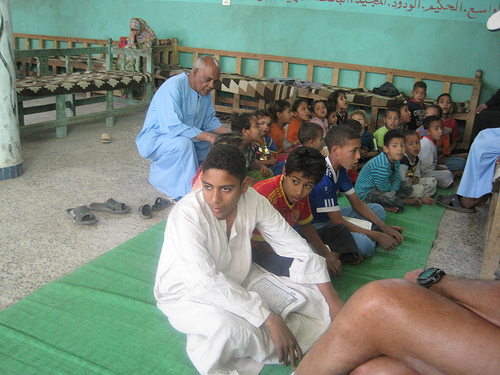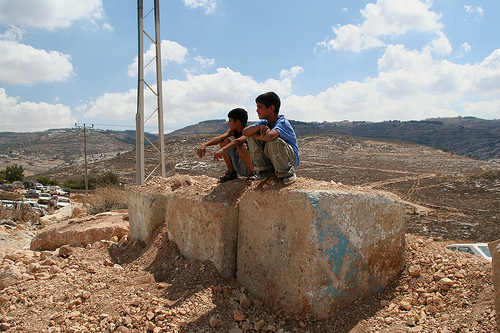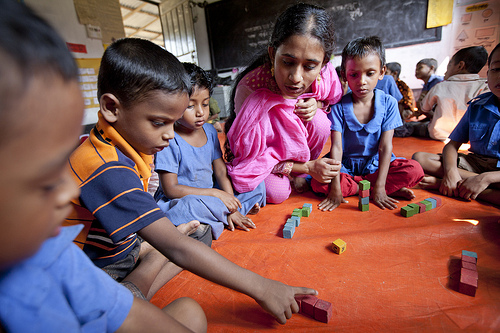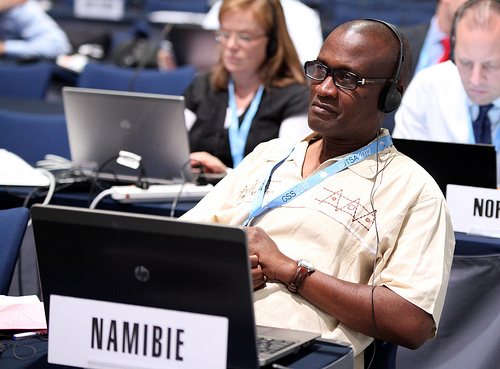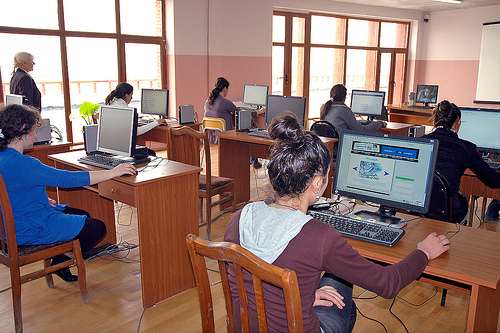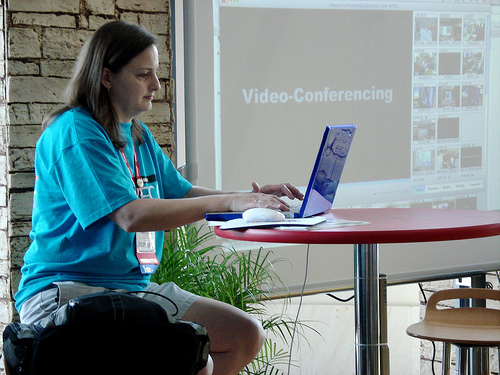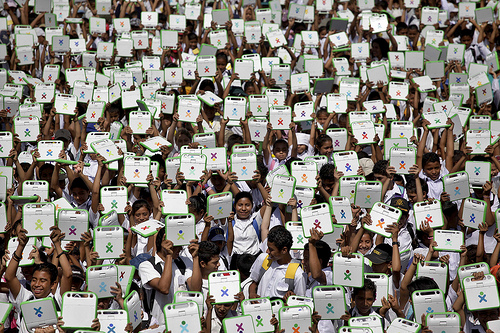Kenyan School Pilots Mobile Technology in the Classroom
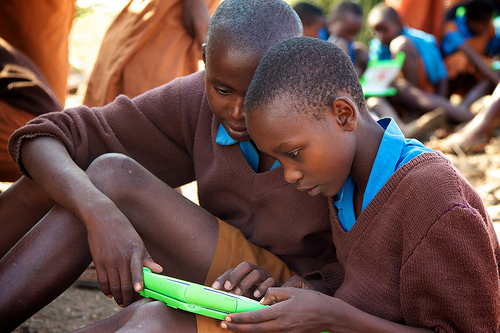 The newly developed Power of M-Learning Project aims to improve academic performance in Kenyan primary schools by using 3G enabled tablets to deliver the newly digitized Kenyan curriculum. The project is currently being piloted by 250 students and 35 teachers in Nairobi’s Embakasi Garrison Primary School.
The newly developed Power of M-Learning Project aims to improve academic performance in Kenyan primary schools by using 3G enabled tablets to deliver the newly digitized Kenyan curriculum. The project is currently being piloted by 250 students and 35 teachers in Nairobi’s Embakasi Garrison Primary School.
The pilot program was developed collaboratively to address the specific challenges facing Kenyan schools. Students and teachers are using solar powered tablets, making the program sustainable for many schools with limited or no access to electricity. 3G wireless technology provides access to the eLimu platform, which was developed by two Kenyan women to specifically support youth in Kenya. The eLimu application contains content from all 6 Kenyan Certificate of Primary Education (KCPE) subject areas and uses games, songs, 3D animations, and quizzes to encourage student engagement.
The Power of M-Learning Project aims to address the challenge of teacher shortages in the area, where the teacher to student ratio has grown to 1:56. The tablets will make learning more personalized and will allow for more individual feedback for students.
Limited access to resources has traditionally made learning difficult in Kenya. Typically, three pupils share a Kiswahili, English, and Mathematics textbook. The project aims to create a sustainable solution by using digital resources. Attendance has also traditionally been a problem. In many districts, 4 out of 10 students miss school daily. The new digital platform for learning is designed to increase student engagement and improve attendance rates.
The project was developed in partnership with Bboxx Kenya, eLimu, iHub Research, Safaricom, and Motorolla in collaboration with the Kenya Ministry of Education. It is expected to be replicated in other public schools to complement the controversial laptop program being instituted by the government.
Nivi Mukherjee, co-founder of eLimu, explained the rationale behind their approach. “When you’re showing children examples that they can’t easily relate to, part of their brain is distracted. So when we’re talking about fractions, we don’t use a pizza as an example, we use a chapatti. We also follow the national curriculum, so this content is specifically geared towards Kenyan youth.”
Creative Commons Love: NtugiGroup on Flickr.com

